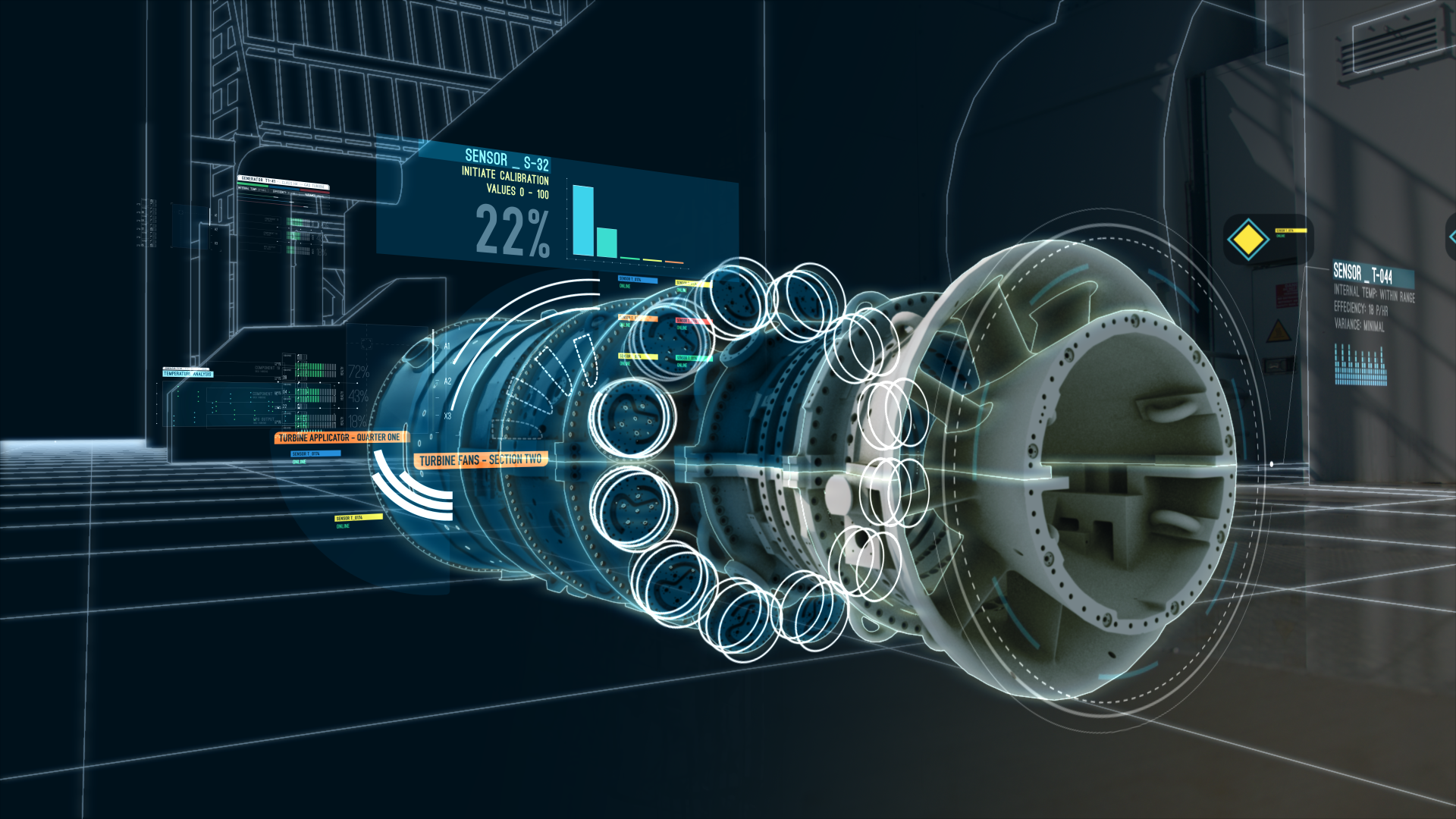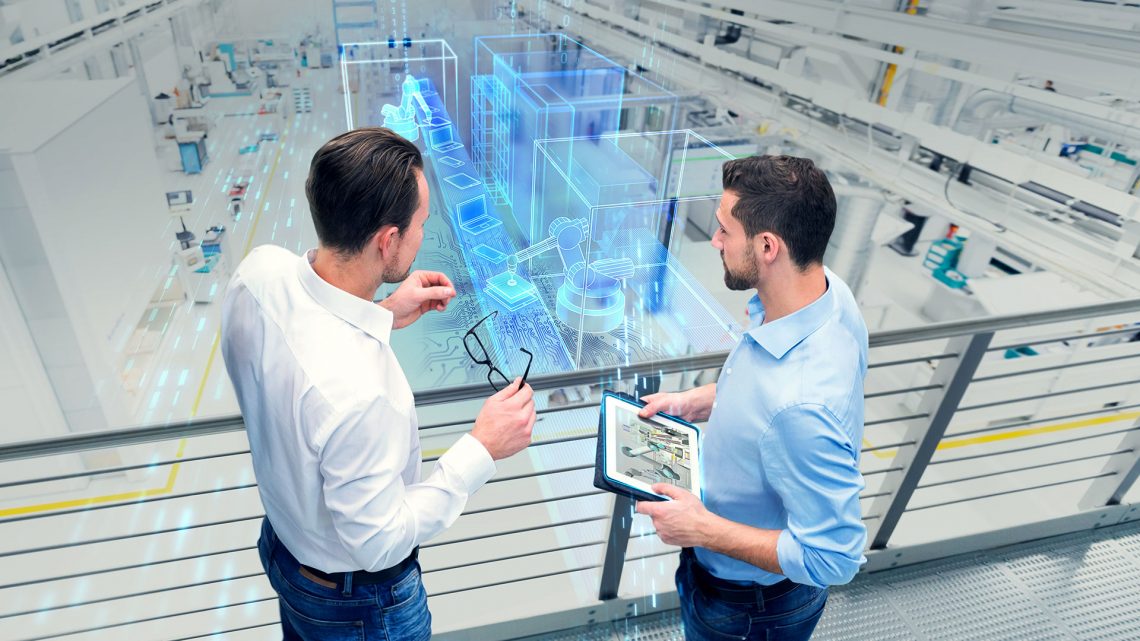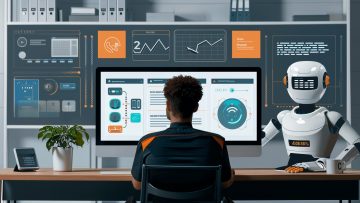Originally, the notion of digital twins gained widespread popularity in 2018, when Gartner published an annual study of technological cycles in which it gave the lead to digital twins. This was the trigger for this technology to begin to evolve at high speed.
What is digital twins: its history
In the real world, there are objects, systems, processes, people and other objects. We could copy them all, and this digital model would be called digital twins. It is identical to the original, has the same shapes and performs the same actions, and is synchronised with them.
A digital twins technology is required to simulate situations with an object. Working with digital models is very cheap and fast because in some cases, modern professionals can use complex and expensive equipment. The second strength of this amazing technology is the absence of engineering damage, structural damage, damage to human health and the environment.
The concept of digital twins appeared in 2002 when Michael Grieves published his book entitled «The Origins of Digital Twins». The main motive of his book is that if a person can get information from a digital twin, then this is a mandatory goal for science. Ideally, all data will come from there.
The next significant step in the term’s life is 2010, when one digital twin was seen in a NASA simulation and simulation report. At that time, hypotheses for the use of the digital model of the spacecraft were created for the first time, which could successfully complete all the necessary stages of construction, testing and flight. The real progress in this field began then.
2015 is the golden time for the development of artificial intelligence and the Internet of Things, where the model of digital twins fits perfectly. By 2016, digital twins had also appeared in Gartner Hype Cycle. In 2018, their importance for this company reached a so-called peak. Besides, there are many more opportunities for this field of developings right now.

What tasks digital twins perform
- Performing a test run of the processor without attachments.
- Finding a problem or vulnerability before putting the facility into operation or production.
- Failure detection in processors and systems during the product testing phase.
- Reducing risks to production such as finance and security.
- Forecasting consumer demand.
- Determination of the consumer properties of the product before the start of its production.
- Improving competitiveness.
- Forecasting by simulating the future development of a corporation at a time when it has different conditions of producing.
Coverage
- Mining and processing of minerals. It helps professionals determine how cost-effective and financially profitable oil and gas extraction and processing will be. It also simulates possible emergencies that could kill workers and cause environmental damage.
- Large-scale production. Modelling of individual stages or the whole production chain. This is the prediction of serious breakdowns and errors in the operation of special equipment, as well as the determination of the possible volume of products with minimization of risks.
- This is a complete simulation of power plants to optimise their operation, prevent power supply failures and create a system for rational resource consumption.
- IT infrastructure. When creating a service, site, application or program, specialists will be able to identify their weaknesses in advance, which will make it possible for hackers and intruders to disrupt their work, steal valuable data and secure depositors’ funds, including in the form of cryptocurrency.
- So, architects and builders in advance will know the level of resilience of the final task to various weather conditions and natural disasters.
Also, professionals will be able to use digital twins in such fields as design, retale, transportation, logistics, education, cosmetics, medicine, sports, urban and even agriculture. In this way, this amazing technology will help humanity organise its community and come to a more advanced type of existence. It will also allow people to use the resources of planet Earth шь more productive way and more ergonomically at the same time.
Prospects
In 2022, 12% of all companies in the world use the capabilities of digital twins. In the coming years, this figure will increase by 62%. In this way, corporations and businesses can fully integrate this technology into their operations and production. Digital twins can be used in any field, including everyday life. A person will be aware of how this or that action will affect his or her well-being and health.





